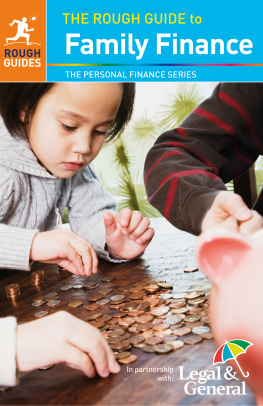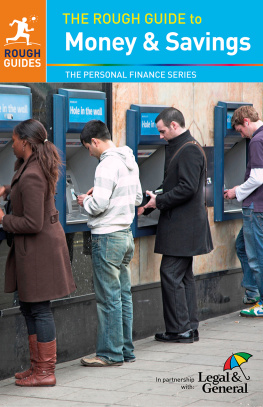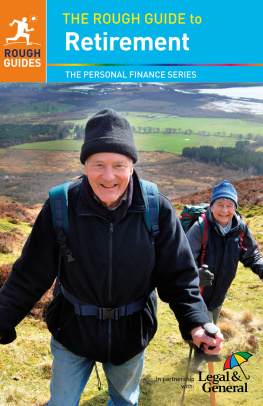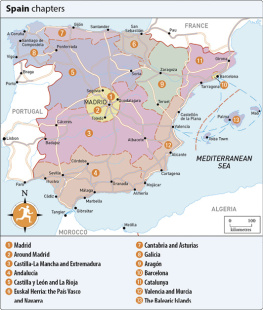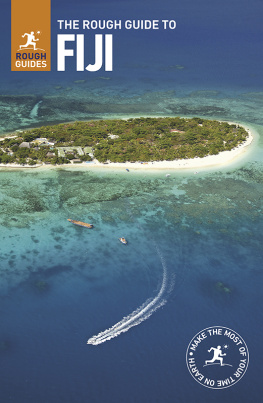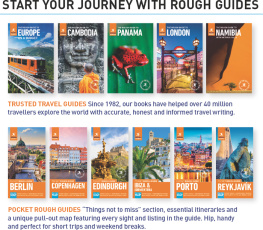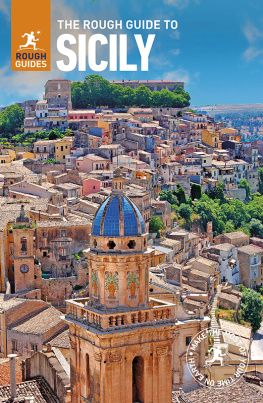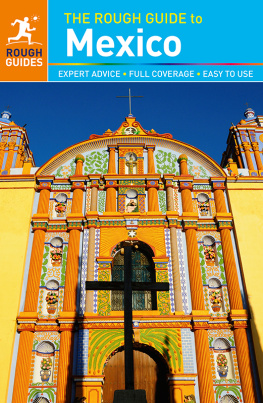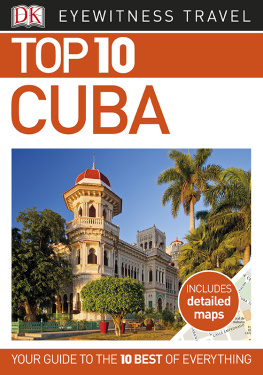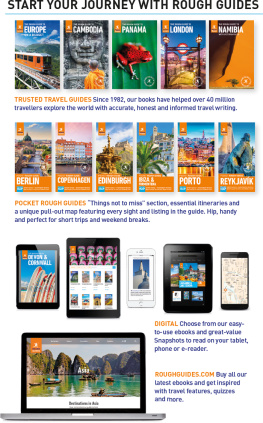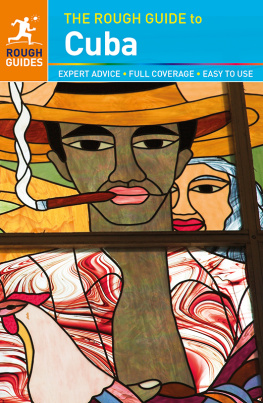Matt Norman - The rough guide to Cuba
Here you can read online Matt Norman - The rough guide to Cuba full text of the book (entire story) in english for free. Download pdf and epub, get meaning, cover and reviews about this ebook. year: 2016, publisher: Rough Guides Ltd, genre: Home and family. Description of the work, (preface) as well as reviews are available. Best literature library LitArk.com created for fans of good reading and offers a wide selection of genres:
Romance novel
Science fiction
Adventure
Detective
Science
History
Home and family
Prose
Art
Politics
Computer
Non-fiction
Religion
Business
Children
Humor
Choose a favorite category and find really read worthwhile books. Enjoy immersion in the world of imagination, feel the emotions of the characters or learn something new for yourself, make an fascinating discovery.

- Book:The rough guide to Cuba
- Author:
- Publisher:Rough Guides Ltd
- Genre:
- Year:2016
- Rating:5 / 5
- Favourites:Add to favourites
- Your mark:
- 100
- 1
- 2
- 3
- 4
- 5
The rough guide to Cuba: summary, description and annotation
We offer to read an annotation, description, summary or preface (depends on what the author of the book "The rough guide to Cuba" wrote himself). If you haven't found the necessary information about the book — write in the comments, we will try to find it.
The rough guide to Cuba — read online for free the complete book (whole text) full work
Below is the text of the book, divided by pages. System saving the place of the last page read, allows you to conveniently read the book "The rough guide to Cuba" online for free, without having to search again every time where you left off. Put a bookmark, and you can go to the page where you finished reading at any time.
Font size:
Interval:
Bookmark:
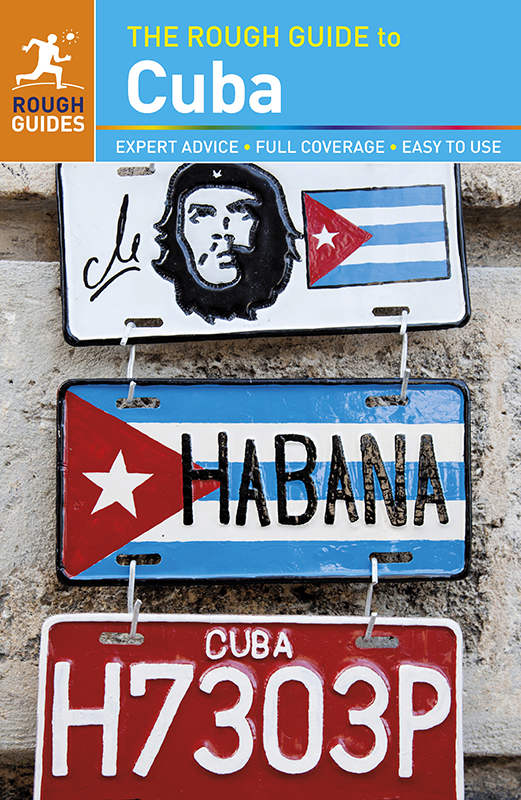
This Rough Guide is one of a new generation of informative and easy-to-use travel-guide ebooks that guarantees you make the most of your trip. An essential tool for pre-trip planning, it also makes a great travel companion when youre on the road.
From the section.
Detailed area maps feature in the guide chapters and are also listed in the , accessible from the table of contents. Depending on your hardware, you can double-tap on the maps to see larger-scale versions, or select different scales. There are also thumbnails below more detailed maps in these cases, you can opt to zoom left/top or zoom right/bottom or view the full map. The screen-lock function on your device is recommended when viewing enlarged maps. Make sure you have the latest software updates, too.
Throughout the guide, weve flagged up our favourite places - a perfectly sited hotel, an atmospheric caf, a special restaurant with the author pick icon  . You can select your own favourites and create a personalized itinerary by bookmarking the sights, venues and activities that are of interest, giving you the quickest possible access to everything youll need for your time away.
. You can select your own favourites and create a personalized itinerary by bookmarking the sights, venues and activities that are of interest, giving you the quickest possible access to everything youll need for your time away.
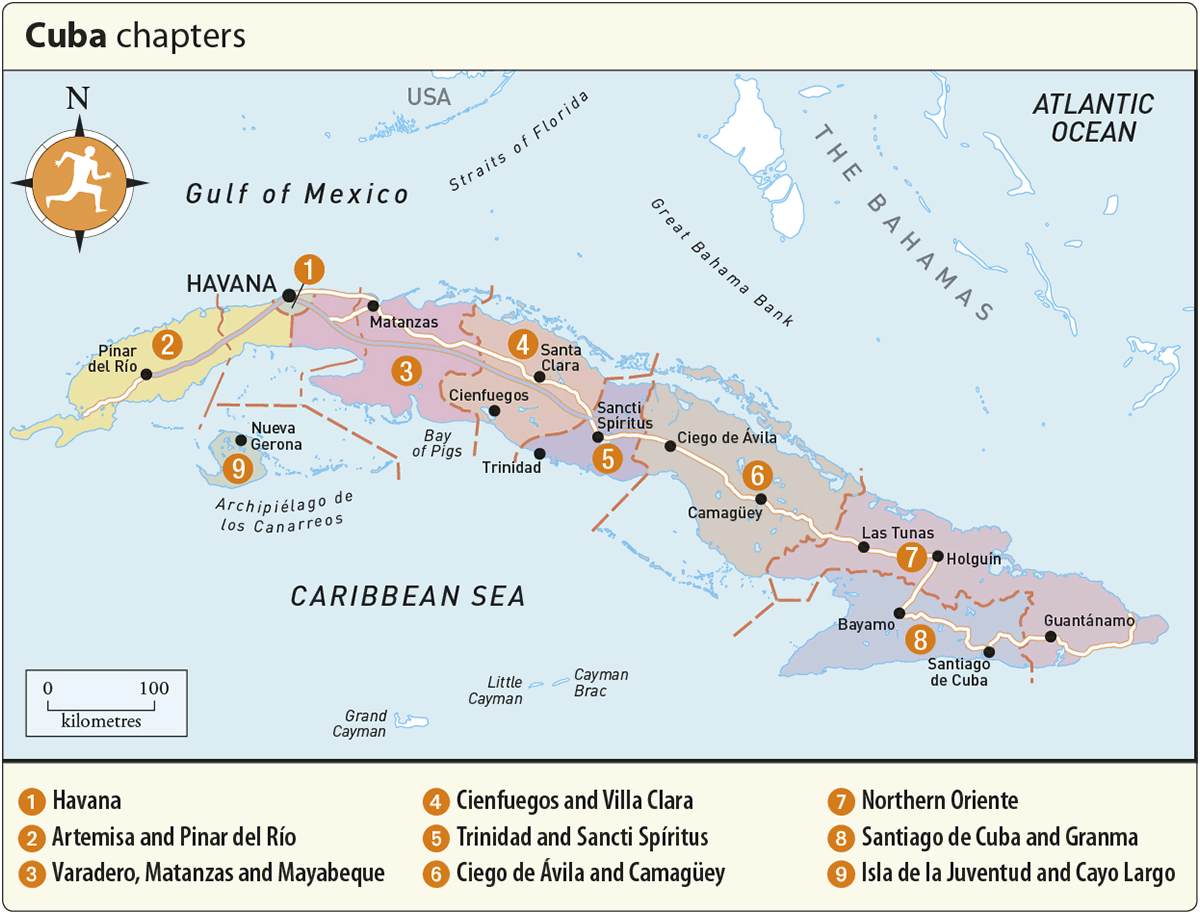

Cuba, the country where the clocks stopped for decades, is finding its way back to the future. A population desperate for change is recovering from the Cold Wars longest hangover and warming once again to its closest neighbour, for so long its frostiest foe, the US. Far from becoming the American neo-colony it once was, however, this proud nation, whose stature and influence within Latin American has long outweighed its small size, is holding on tight to what makes it so special. Salsa still runs through the veins of every Cuban, roadside billboards still declare Socialism or death (rather than Sale now on), world-class ballerinas and baseball players continue to work for a state salary, and the islands breathtaking beaches and forest-covered mountains arent going anywhere.
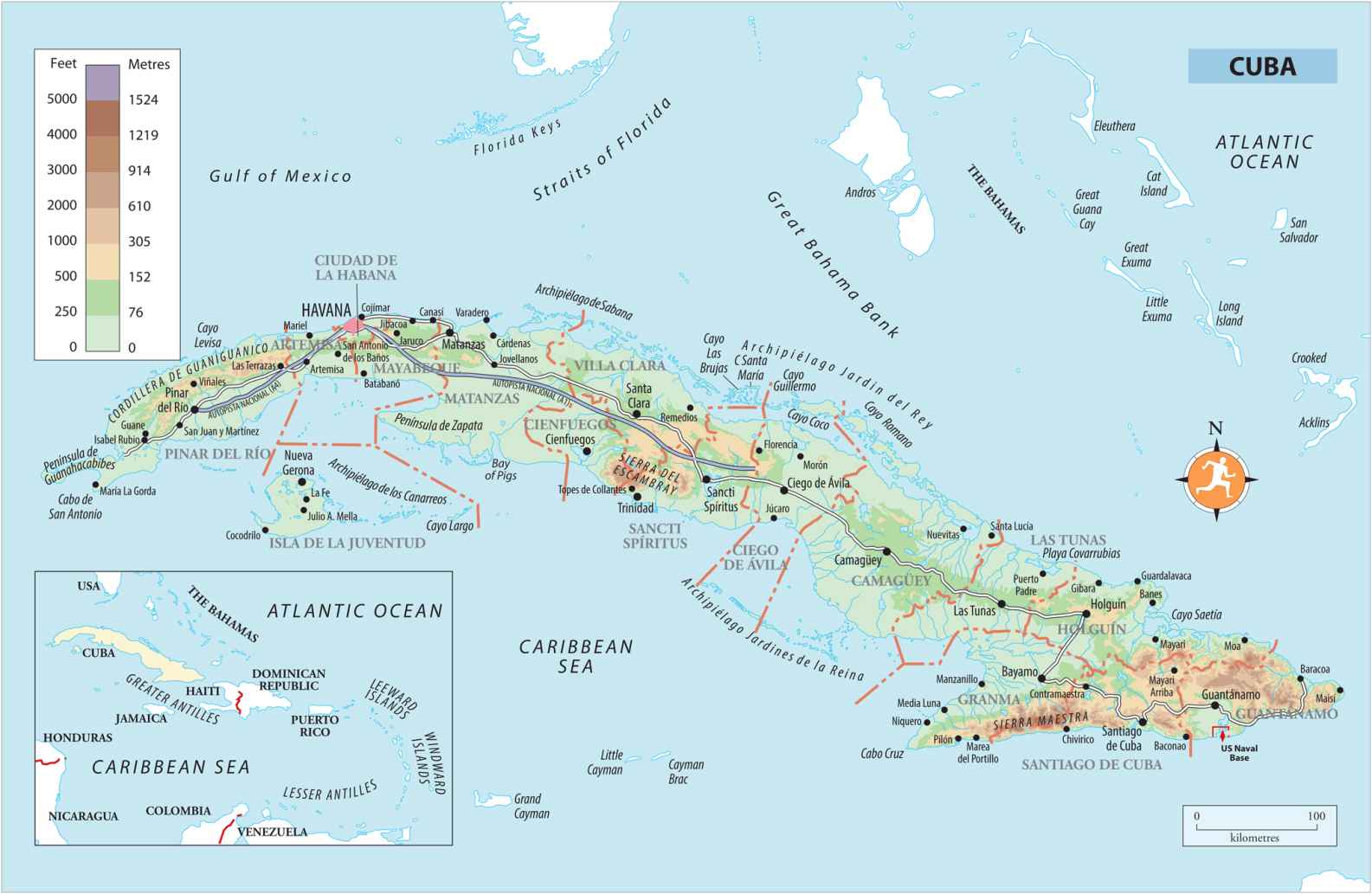
- Cubas 11,200,000 inhabitants and 110,861 sq km of land make it the largest island in the Caribbean by both population and area.
- The eastern province of Granma and one of Cubas national newspapers are both named after the boat which carried Fidel Castro and 81 other rebels from Mexico to Cuba to start the revolutionary war in 1956. The boat itself was named after the original owners grandmother.
- Christmas was abolished as a public holiday in Cuba in 1969 and officially reinstated in 1998.
- Cuba has a 99.7 percent adult literacy rate , among the highest in the world.
- The worlds smallest bird , the bee hummingbird, is indigenous to Cuba.
- Cuba has the only functioning public passenger railway service in the Caribbean. The first steam railway line in Latin America was built on the island in 1837.
Yet change has been in the humid Cuban air since the start of the decade; when President Ral Castro legalized swathes of private sector businesses, he unleashed an entrepreneurial spirit that had been kept on the shortest of leads for decades. With President Obamas announcement in December 2014 that relations between the US and Cuba were to be normalized, and his historic visit to the island in March 2016, an already inventive and resilient nation was injected with a tentative optimism and a frenetic energy which is now fuelling and accelerating the pace of change.
For visitors, this means there is so much that is new. As well as an ever-increasing roster of places to eat, drink, party and sleep, there are now brand-new opportunities to interact with the locals on their terms, rather than the governments. For years a stay in an independent guesthouse had effectively, and appealingly, meant becoming a lodger with a Cuban family, and a meal in a family-owned restaurant meant enjoying the novel experience of eating in their dining room. Now, you can also engage with Cuban artists in their own front-room galleries, learn how to dance rumba or salsa in home-based studios and take a city tour in a 1956 Chevrolet, guided by the owner. These small-scale, domestically run businesses allow closer impressions of the country than you might have thought possible in a short visit, and are at the heart of what makes Cuba so unforgettable. For US visitors the changes are even greater: direct commercial flights and ferry services between the US and Cuba have been re-established after a half-century pause; US laws on its citizens visiting the long-time forbidden island are loosening and the Stars and Stripes now flutters within the grounds of a US Embassy in Havana, last open in 1961.
Yet while the future is unfolding fast, the past still penetrates the present everywhere you look; colonial buildings continue to creak and crumble, swinging 50s shop signs still hang over storefronts, the pace of provincial life remains as unhurried as ever its pulse chiming to the languid clop of horse-drawn transport and those iconic classic American cars are still driven all over the island. Indeed, some are still driven by doctors, lawyers and civil engineers trying to make ends meet. Youre also bound to come across reminders that Cuba essentially remains a centralized, highly bureaucratic one-party state, and this can give a holiday here an unfamiliar twist. Simply queuing for a train ticket or buying some toothpaste can be unnecessarily and frustratingly complicated; you may well discover that Cuba has its own special logic, and that common sense doesnt count for much here. But if you can take the rough with the smooth, you may come to regard such irritations as part of the charm of the place; and youll also find that in general, the new and increasingly professional level of commerce means that organizing an independent trip is now easier than ever.
For most Cubans, waiting lists for trains and buses, prices way out of proportion with wages and free-speech restrictions still characterize their lives, as do the long-held and cherished achievements of the Cuban Revolution: free education and cradle-to-grave healthcare, subsidized public services and low-cost access to the countrys rich cultural and sporting institutions and events. The more recently established broadening of economic and consumer freedoms, the opening-up of internet access and increased opportunities to travel have been more-or-less universally welcomed, while the continued growth of tourism and the private sector, though both also broadly popular, are widening the emerging class divide. Whether the reforms that Ral Castro is overseeing, with the adoption of limited free-market principles, will allow the communist government to continue to deliver its egalitarian agenda of wealth redistribution to its full extent and maintain its welfare system remains to be seen. What is certain is that Cuba, where salsa oils the slow-moving wheels of progress to a theme tune of sweet music and revolutionary rhetoric, is still like nowhere else on earth.
Font size:
Interval:
Bookmark:
Similar books «The rough guide to Cuba»
Look at similar books to The rough guide to Cuba. We have selected literature similar in name and meaning in the hope of providing readers with more options to find new, interesting, not yet read works.
Discussion, reviews of the book The rough guide to Cuba and just readers' own opinions. Leave your comments, write what you think about the work, its meaning or the main characters. Specify what exactly you liked and what you didn't like, and why you think so.

